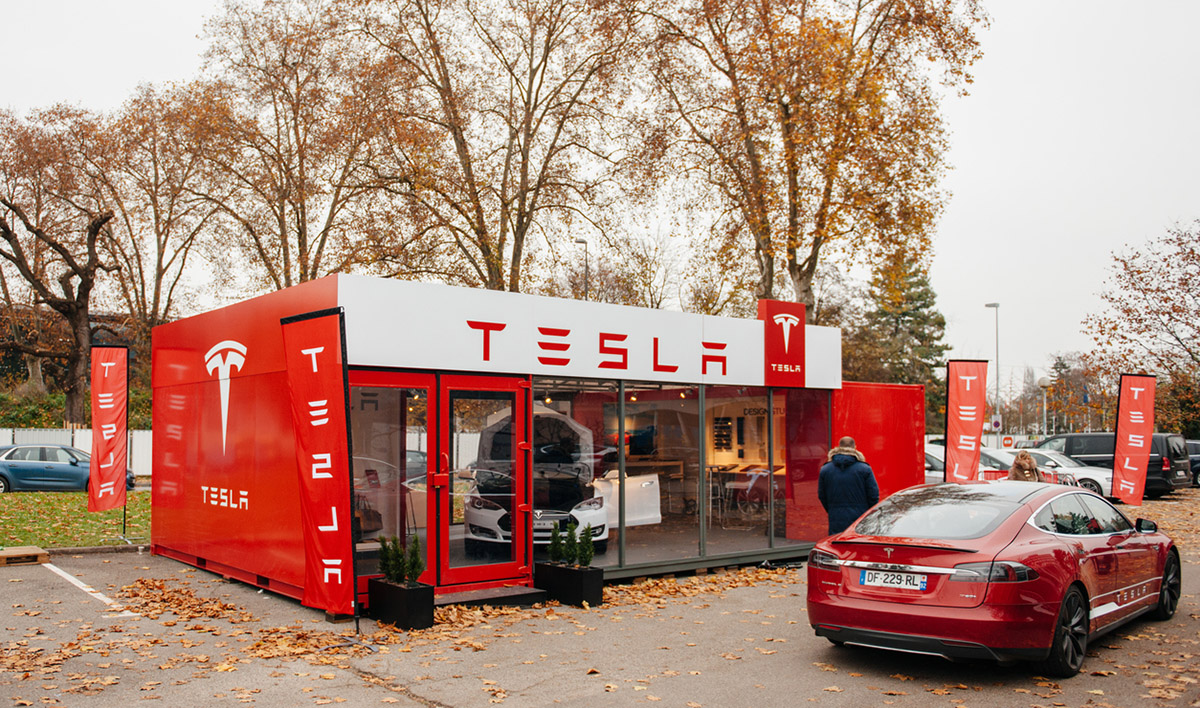It’s been a summer of unrequited love for electric vehicles. In July, Tesla finally rolled out its massively hyped Model 3. That same month, Volvo announced ambitious plans to go all-electric, or at least, all hybrid-electric. The British government declared it would ban the sale of “new conventional petrol and diesel cars and vans” by 2040. The French government did the same, with the country’s new ecology minister, Nicolas Hulot, declaring the move to EVs a “veritable revolution.”
Don’t buy the hype. The history of the electric vehicle is a century of failure tailgating failure.
“While EVs had a summer of romance, pundits are ignoring the fact that global automakers have been continually improving...”
There are three main problems with all-electric cars. Most important: they cost too much. Second, EVs compete with oil, which is cheap, and could get cheaper. Third, EVs compete with internal combustion engines, which are also cheap and getting cheaper.
To be sure, global EV sales are rising, they jumped 38 percent last year, and totaled 750,000 vehicles, worth $6 billion. Another $6 billion was spent on EV recharging spots. But drivers have been hearing about the promise of electric cars since the days of Thomas Edison, who in 1896 declared the EV won’t succeed because “the storage battery is too heavy.”
EV’s are still too expensive. Tesla’s Model 3 costs $35,000 before rebates. Why would the Benz and Beemer crowd buy a Tesla when a new BMW 3-series sedan can be had for $34,445? Oh, and that new Beemer gets 34 miles per gallon on the highway. And unlike the new Tesla, that BMW has effectively unlimited range, as it can be quickly refueled at tens of thousands of locations across the country, a luxury not afforded to subsidy-fueled EVs, which must be replenished, sometimes for hours, at special recharging stations.
Oil is cheap. The current price of gasoline is about $2.60 per gallon. That’s the same price as 2006. Plus, cars are getting more efficient, so drivers don’t need to buy as much gasoline to fuel their travels. Further, even if EVs gain significant market share, that would reduce gasoline demand, which would reduce prices and thereby make the liquid fuel even more competitive against EVs, whatever their range and price.
That doesn’t square with the “peak oil” crowd, which has been warning of doom for decades. Nor does it please the we-hate-foreign-oil-and-OPEC crowd.
Nevertheless, history shows that the global market has always had too much oil, not too little. That was proved by Hurricane Harvey. The catastrophic storm caused oil prices to fall, not rise. That’s the opposite of what is supposed to happen. Nevertheless, it showed just how much oil is sloshing around the global economy.
While EVs had a summer of romance, pundits are ignoring the fact that global automakers have been continually improving the engines first conceived of by Nickolaus Otto and Rudolf Diesel. Things like electronic ignition systems, better lubricants and improved metallurgy have made engines smaller, lighter, denser and more powerful.
They are also getting cleaner and more efficient. In 2015, Toyota introduced a new turbo-diesel that is 15 percent more efficient than its predecessor. The Japanese automaker is now cranking out 700,000 of the new diesels every year — a number equal to the global sales of EVs.
“Things like electronic ignition systems, better lubricants and improved metallurgy have made engines smaller, lighter, denser and more powerful.”
In 2019, Mazda will begin selling cars with HCCI engines, which stands for homogeneous charge compression ignition, a technology that allows gasoline engines to act like diesels under low-power demand thereby improving efficiency by 20 percent to 30 percent.
At the August unveiling of the new powerplant, Mazda said it aims to “perfect the internal combustion engine,” which “will help power the majority of cars worldwide for many years to come and can therefore make the greatest contribution to reducing carbon dioxide emissions.”
To be sure, the electrification of the automobile is continuing. Hybrid vehicles are here to stay and will account for a growing share of auto sales. But it’s also obvious that the car of the future will look a lot like the ones we’re driving now. That is, they won’t be plugging in, they will be gassing up.
This piece was originally syndicated by InsideSources
______________________
Robert Bryce is a senior fellow at the Manhattan Institute and author of the new report, After Indian Point: Lights Out for New York City? Follow him on Twitter here.
This piece originally appeared in InsideSources
